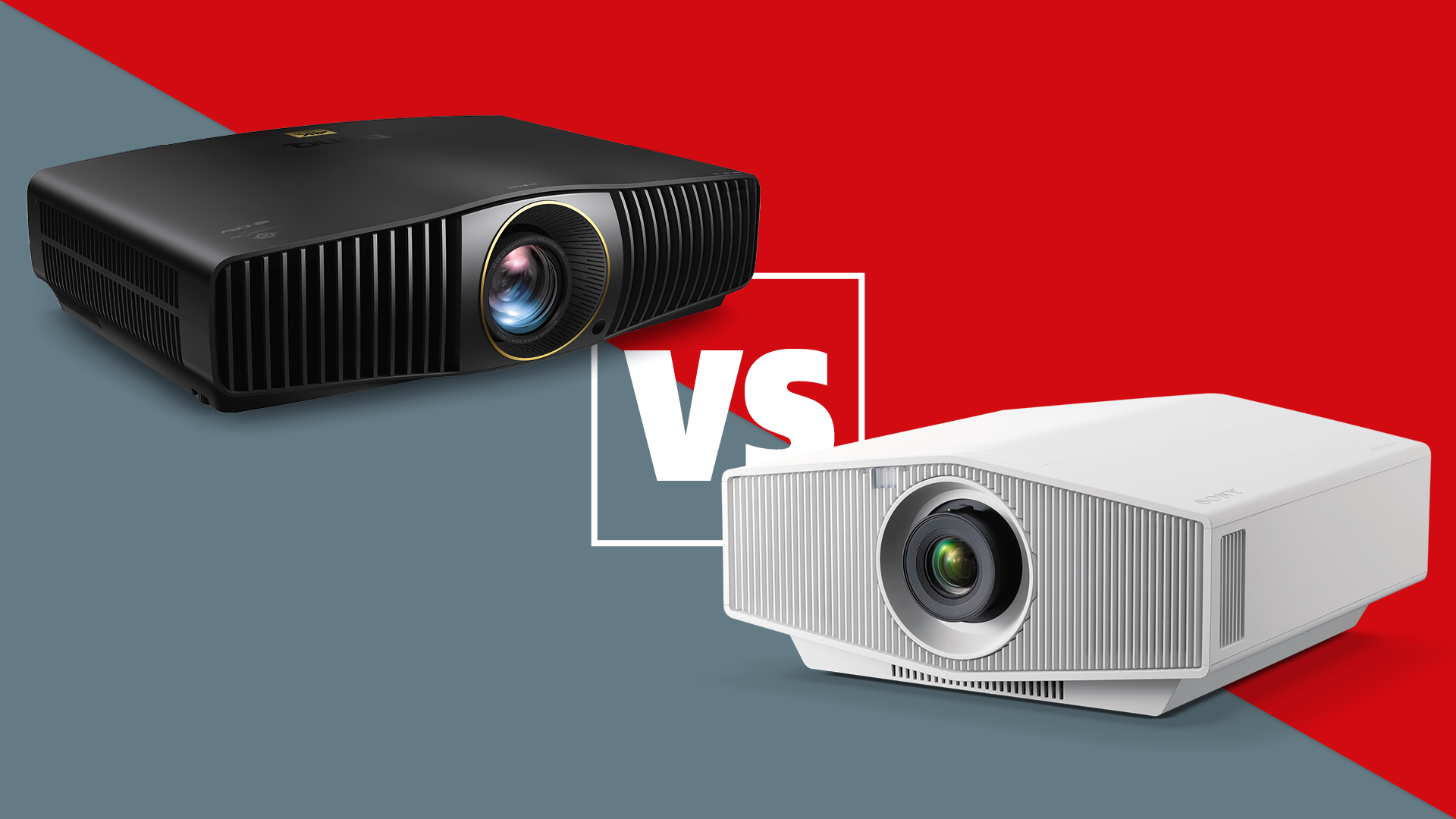What is AirPlay 2? How it works, and what speakers and devices support it
Apple's take on wireless multi-room audio lets you easily stream content from iOS devices to AirPlay 2-compatible TVs and products
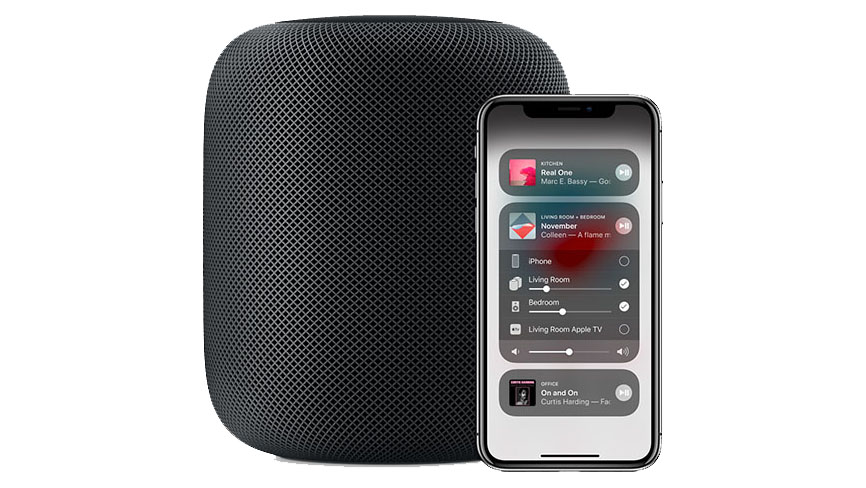
Apple's AirPlay 2 was a long time coming. The much-needed update to Apple’s 2010-released streaming protocol finally arrived as part of the iOS 11.4 software update in June 2018 and marked the company's move into multi-room audio. Today, it's a feature supported by most streaming products we test.
Apple is rarely at the bleeding edge with new technologies, but even by its own standards 2018 was a little late to be joining the multi-room party – multi-room devices had become a household staple over the preceding decade or so thanks to Sonos having set the standards for everyone else to try to live up to. But typically Apple, when it did finally join in it became the life and soul of the party, with knockout performance and products to complement it.
Like Google Chromecast, AirPlay 2 has become one of the easiest ways to stream audio and video – from an iOS device, anyway – whether that is to Apple’s own HomePod 2 or HomePod Mini speakers or another audio brand's AirPlay 2-compatible speaker. There are even plenty of AirPlay 2-compatible TVs out there too, expanding the experience beyond the AirPlay 2 speaker or AirPlay 2 receiver.
But what's the big deal with AirPlay 2, how does it work, and which products support it? If you already own an AirPlay product, can it be automatically updated or will you need to buy new AirPlay 2 devices? We have all the answers right this way...

What is AirPlay anyway?
The first iteration of AirPlay launched back in 2010 as part of iOS 4 (around the time of the iPhone 4). Originally it was a way to stream audio, video and photos wirelessly to the Apple TV, but eventually this opened up to include dedicated audio products.
It was based on Apple’s ‘AirTunes’ software from 2004, which was predominantly used to stream audio from iTunes to AirPort Express, so you could wirelessly listen to music across your home network from your Apple device.
Setting itself apart from Bluetooth, AirPlay uses your home’s wi-fi network to send content from one source (iPhone, iPod etc) to one compatible product (speaker, AV receiver, soundbar). During the early days of AirPlay, setting products up was a complicated, long-winded process that required an extra app – it was hardly seamless. Those early products also didn’t have the most stable connection, so music would often drop out.
Updates to AirPlay over the years have made the set-up process much simpler and quicker, and streaming is far more reliable. As long as your Apple device and the AirPlay speaker are on the same wi-fi network, music can be streamed between the two at the tap of a button. Easy.
How does AirPlay 2 work?
And then in 2018 came a much-needed update to Apple’s own streaming protocol: AirPlay 2. The biggest advancement AirPlay 2 brought? Multi-room.
AirPlay 2 marked Apple’s first real move into multi-room technology, finally letting you stream music from your iOS device to more than one product.
Originally launching alongside the original HomePod smart speaker (which was since superseded by the HomePod 2), it was designed to let you set up two HomePods as a stereo pair (which we’d recommend) and pepper multiple HomePods around your home – all controlled by your iOS devices.
But it’s not restricted to Apple’s own ecosystem. You can mix and match AirPlay 2-compatible speakers and audio system components from other brands to create a more versatile multi-room system. We'll go into this more later, but really AirPlay 2 support among modern-day audio and even video devices is pretty universal.
As long as all the devices are on the same wi-fi network (remember, AirPlay requires a wi-fi connection to work), you simply have to access the music controls on, say, your iPhone, iPad or Apple TV, and select a connected speaker (or more than one) to send the music to.
Much like with Sonos’s app, you can define where in your house the speaker is located, using labels such as ‘Bedroom’ or ‘Kitchen’ to identify them. This can be done in the Home app, which you’ll also need for any Apple smart home actions.
After that, simply access the Control Centre at any point on your iOS device to control which speakers are playing at any time, both individually and as a group.
Other benefits of AirPlay 2 over AirPlay include improved audio buffering, integration with Siri voice control and multiple control access across iOS devices (a useful touch for multi-room streaming). While Siri is integrated into the HomePod, other speakers (such as the Sonos Era speakers) rely on AirPlay 2's connection to your iOS device to speak to Siri.
One key thing about AirPlay 2 is that the music source (and control) is always an Apple product. You can't get AirPlay 2 on an Android device.

Does AirPlay 2 support lossless audio?
As we have noted in our lossless audio explainer, the AirPlay 2 protocol supports lossless music (audio up to 24-bit/48kHz, in fact) so those with music files stored on their iOS device can send it over AirPlay to another device losslessly. However, the news isn't so good with regards to using AirPlay 2 to send lossless Apple Music streams. Apple Music’s Lossless streams supposedly convert from ALAC (Apple’s lossless codec) into AAC (Apple’s lossy codec) at a pretty lowly 256kbps when transmitted over AirPlay – and therefore not losslessly.
In other words, yes, AirPlay 2 does support lossless audio, but perhaps not for the use case you might want it to.
Apple is apparently working on an update to enable lossless over AirPlay. Fingers crossed that this transpires and thus Apple’s lossless offering becomes validated.
Can AirPlay 2 stream Dolby Atmos and 4K?
While screen mirroring via AirPlay is limited to 1080p, a 4K HDR video stored on the Photos app of an iPhone should be AirPlay-able to an Apple TV 4K streamer.
Dolby Atmos, however, cannot be passed through over AirPlay. The only way to play Dolby Atmos Music or soundtracks on your TV using Apple kit is through an Apple TV 4K connected to a TV via HDMI eARC. Alternatively, Dolby Atmos can be passed from an Apple TV 4K to one or two HomePods.
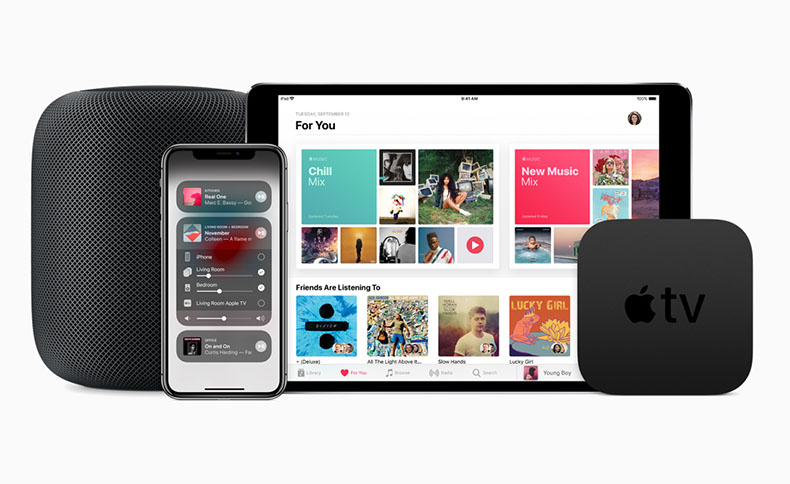
Which Apple devices support AirPlay 2?
To support AirPlay 2, an Apple product must run iOS 11.4 or later, or the equivalent iPadOS or tvOS version. The following Apple products fulfil that criterion:
- HomePod 2
- HomePod (discontinued)
- HomePod Mini
- Apple TV 4K (2022)
- Apple TV 4K (2021)
- Apple 4K TV
- Apple TV HD (4th Gen)
- iPhone 15 lineup
- iPhone 14 lineup
- iPhone 13 lineup
- iPhone 12 lineup
- iPhone 11 lineup
- iPhone X lineup
- iPhone 8 lineup
- iPhone 7 lineup
- iPhone 6 lineup
- iPhone SE
- iPhone 5S
- iPad Pro (1st-6th Gen)
- iPad (5th-10th Gen)
- iPad Air (1st-5th Gen)
- iPad mini (2nd-6th Gen)
- iPod Touch (2019) (7th Gen)
- iPod Touch (6th Gen)
- Macbook (from 2009)
- Macbook Air/Pro/Mini (from 2010)
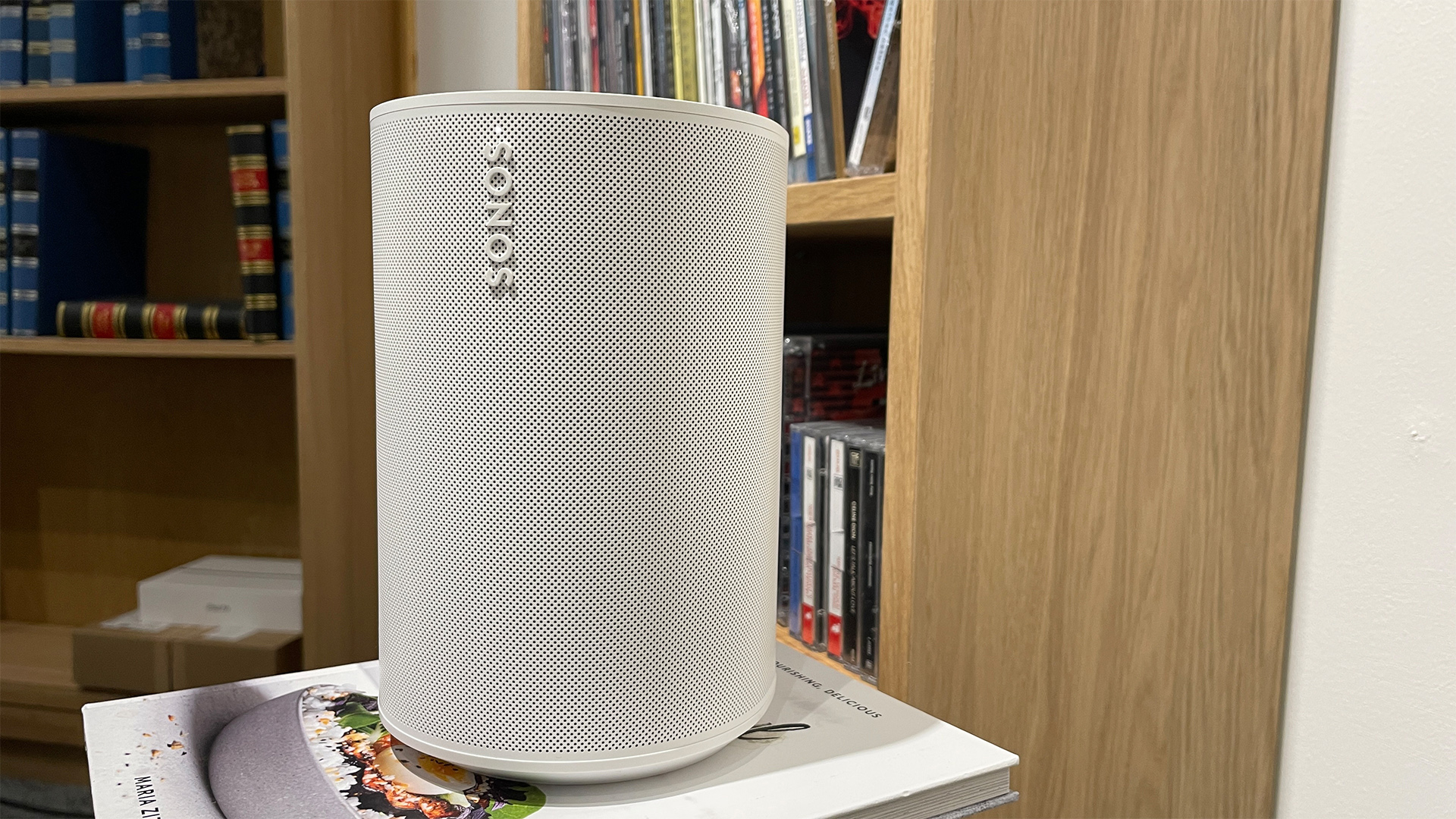
What speakers and audio devices support AirPlay 2?
Plenty of products outside of the Apple ecosystem support AirPlay 2. In fact, it's one of the most common inclusions for wi-fi, streaming products these days – even more so than Chromecast and, arguably, Bluetooth. So if you're shopping for a new wireless speaker, music streamer, streaming amplifier, AV receiver or networked hi-fi system, or have bought one in the past few years, chances are it supports AirPlay 2.
For example, Sonos, Naim, Bose, Cambridge Audio, Bang & Olufsen, KEF, Devialet, Bowers & Wilkins, Bluesound, Technics, Audio Pro, Denon, Marantz, Yamaha and, unsurprisingly, the Apple-owned Beats all have devices that are compatible with the technology.
Here's just a selection of some of the audio products that support AirPlay 2:
Apple: HomePod 2, HomePod Mini
Sonos: Era 300, Era 100, Move 2, Arc, Amp, Beam, Beam (Gen 2), One, One SL, Five, Roam, Play:5 (2nd gen), Playbase, IKEA Symfonisk bookshelf speaker, IKEA Symfonisk lamp speaker
Naim: Mu-so, Mu-so 2 Mu-so Qb, Uniti Atom, Uniti Star, Uniti Nova, ND 555, ND5 XS 2, NDX 2, NSC 222
Bang & Olufsen: Beosound Level, Beosound Emerge, Beosound A5, Beoplay M3, Beoplay M5, Beoplay A6, Beoplay A9 (mk2, mk3 and mk4), Beosound 1 (first and second generation), BeoSound 2 (first and second generation), Beosound 35, Beosound Essence mk2, Beosound Shape (via Core), BeoVision Eclipse (audio only), 2018 versions of Beosound 1 and 2, Beosound Balance, Beosound Edge, Beosound Stage
Bose: Home Smart 300, Home Smart 500, Lifestyle 650, Portable Home Speaker, Soundbar 500, Soundbar 700, SoundTouch 300
Bowers & Wilkins: Formation Wedge, Formation Duo, Formation Bar, Zeppelin
Bluesound: Node (2021), Powernode (2021), Node 2i, Powernode 2i, Pulse 2i, Pulse Flex 2i, Pulse Mini 2i, Pulse Soundbar 2i
KEF: LSX, LSX II, LS50 Wireless II, LS60 Wireless
- For all AirPlay 2-compatible products, including smart lights and other smart home accessories compatible with HomeKit, check out the full list on Apple's site.
- These are the best AirPlay speakers around right now
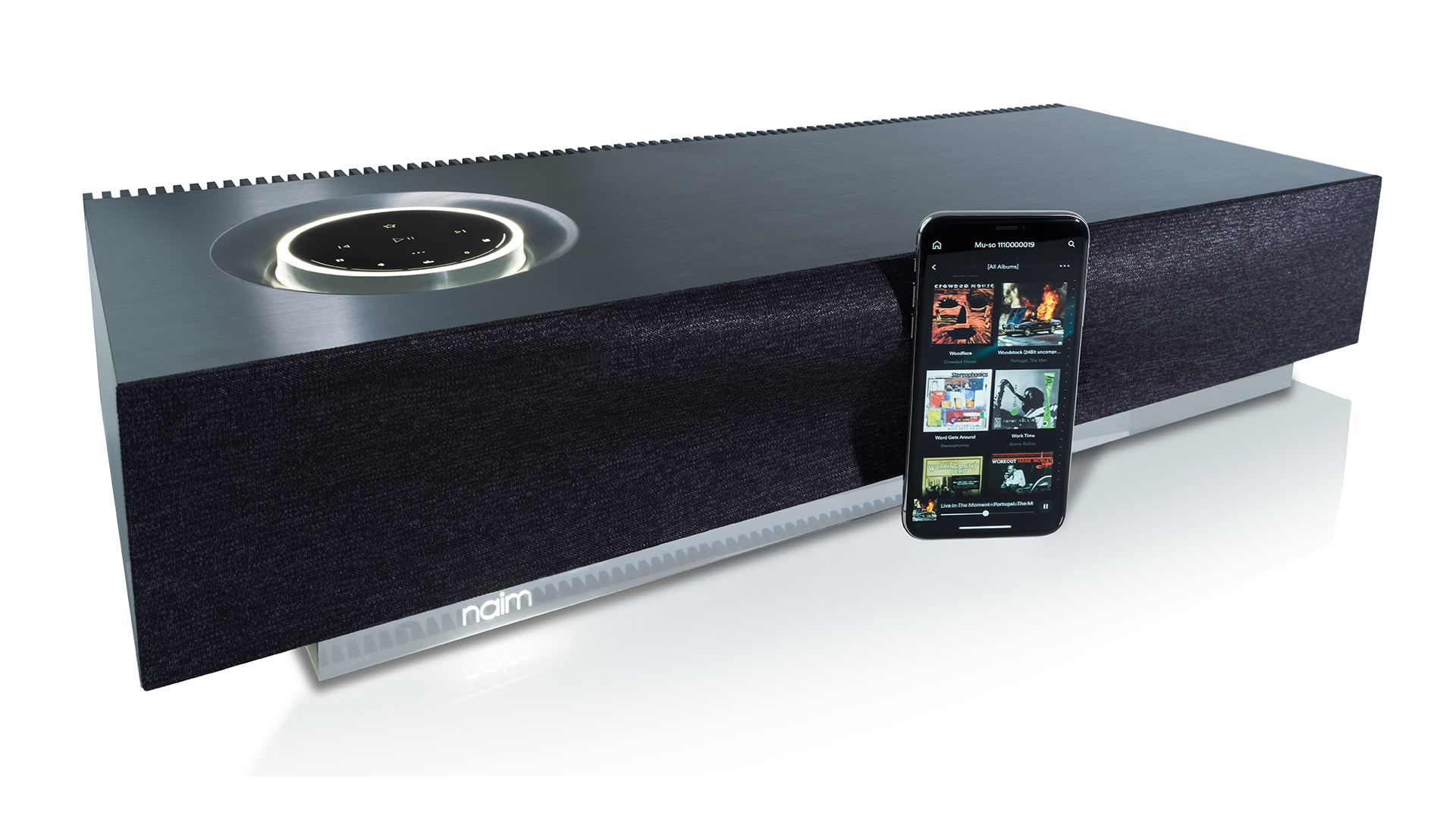
What TVs support AirPlay 2?
It's not just audio gear that plays nice with AirPlay 2. Since 2019, TVs have got in on the act too. LG, Samsung and Vizio were first out of the gates to support the technology, with Sony following soon after. And now more TV brands are including the Apple technology on their TVs' spec lists.
This means you can use the tech to wirelessly send your favourite photos, music and video clips to your AirPlay 2-compatible TV. Best of all, the tech isn't exclusive to high-end sets. So, for example, you can find AirPlay 2 Samsung TVs that don't cost the earth.
The majority of LG TVs since 2019 have supported AirPlay 2, including its OLED, QNED, NANO and UQ Series models. You can add to that list most models from Samsung's lineups since 2018, right up to its latest 8K and 4K QLED TVs and OLED TVs; Frame, Sero, and Serif lifestyle TVs; and even The Freestyle projector. And Sony's AirPlay 2 TVs include the Award-winning A80L, X90L and A90K.
Certain models from Vizio, Amazon and Roku-powered TVs also support AirPlay 2.
Can AirPlay devices be updated to AirPlay 2?
They can, but when AirPlay 2 launched companies tended to only update their later products, if at all. As specific hardware and software is needed to support AirPlay 2, older AirPlay products may not have the internals necessary for the upgrade.
If you already have an AirPlay-compatible product, check with the product's website to see if it's due an AirPlay 2 update. If it's a newer product, you might be in luck – but sadly, decisions are made on a case-by-case basis.
What are AirPlay 2 alternatives?
The most obvious alternative to AirPlay 2 is Google's Chromecast technology, which is also supported by a huge range of products.
Using a Chromecast dongle, you can stream content to your hi-fi system or TV over your home's wi-fi network. Some products also have Chromecast built-in, so you don't need an external Chromecast device. And the Google Chromecast with Google TV dongle has Google TV onboard, turning almost any TV into a stream-ready smart TV.
There are two key differences between AirPlay 2 and Chromecast: Chromecast works across iOS and Android devices, and your phone or tablet acts as a remote while the speaker plays the file from the internet, rather than the audio being sent from your smartphone.
There are also third-party applications that will let you Chromecast local audio from your phone to the speaker.

MORE:
Apple spatial audio: what is it? How do you get it? And is it like Dolby Atmos?
The HomePod 2's great, but I want one more thing from Apple
The latest hi-fi, home cinema and tech news, reviews, buying advice and deals, direct to your inbox.
AirPods Max 2: release date rumours, potential price, features and spec leaks

Kashfia is the Hi-Fi and Audio Editor of What Hi-Fi? and first joined the brand 13 years ago. During her time in the consumer tech industry, she has reviewed hundreds of products (including speakers, amplifiers, turntables and headphones), been to countless trade shows across the world and fallen in love with hi-fi kit much bigger than her. In her spare time, Kash can be found tending to an ever-growing houseplant collection and shooing her cat Jolene away from spinning records.
- Becky RobertsFreelance contributor
